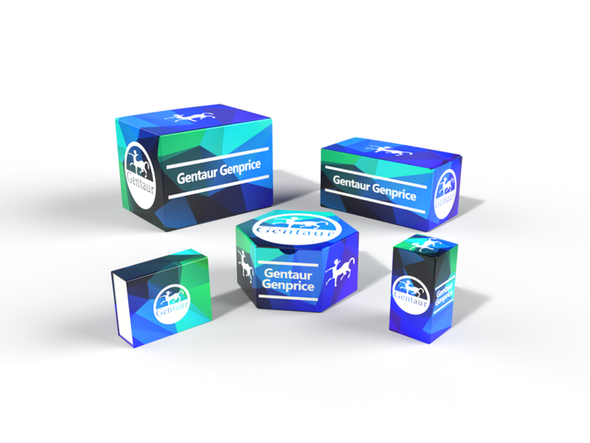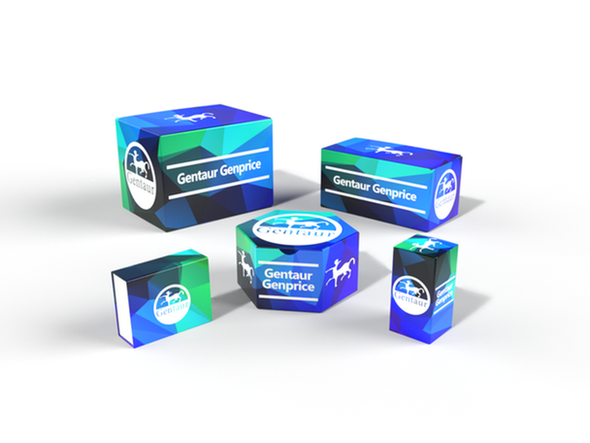451 Recombinant Proteins and Cell culture
LSD1 | Lesion simulating disease 1 (rabbit antibody) | AS13 2746
- SKU:
- 451-AS13 2746
- Availability:
- Usually ships in 5 working days
Description
LSD1 | Lesion simulating disease 1 (rabbit antibody) | AS13 2746 | Gentaur UK, US & Europe Distribution
Immunogen: KLH-conjugated synthetic peptide derived from Arabidopsis thaliana LSD1 sequence, UniProt:P94077, TAIR: AT4G20380
Host: Rabbit
Conjugation: N/A
Clonality: Polyclonal
Isotype: N/A
Purity: Immunogen affinity purified serum in PBS pH 7.4.
Format: Lyophilized
Tested Application: Western blot (WB)
Related Products: AS12 1854 | Anti-NPR1 Nonexpresser of PR genes 1, rabbit antibodies AS12 1867 | Anti-HY5 | Protein long hypocotyl 5, rabbit antibodiesAS12 2104 | Anti-LSD1 | Lesion simulating disease 1, chicken antibodies collection of antibodies to developmental biologyPlant protein extraction buffer
Recommended Dilutions: 1 : 1000 (WB)
Molecular weight: 20 kD
Confirmed Reactivity: Arabidopsis thaliana
Predicted Reactivity: Brassica olereacea, Pisum sativum Species of your interest not listed? Contact us
Not reactive in: No confirmed exceptions from predicted reactivity are currently known
Additional Information: N/A
Background: LSD1 (Lesion simulating disease 1) is a negative regulator of reactive oxygen-induced cell death, cold stress-induced cell death, pathogen-induced hypersensitive response (HR), basal disease resistance. The protein is required for leaf acclimation in response to excess excitation energy.Alternative names: CHILLING SENSITIVE 4, CHS4.
Reconstitution: For reconstitution add 50 µl of sterile water
Storage: Store lyophilized/reconstituted at -20°C; once reconstituted make aliquots to avoid repeated freeze-thaw cycles. Please remember to spin the tubes briefly prior to opening them to avoid any losses that might occur from material adhering to the cap or sides of the tube.
TAIR Nnumbre: AT4G20380
Category: Signal transduction
Research Area: Cell Signaling






